The braid can be either a casual or a formal look, depending on the exact style you try and the embellishments that you add. While your mother may have French braided your hair to keep it out of your face at school when you were younger, there are far more exciting ways to wear your braids these days.
The following 17 types of braids are among the most familiar and exciting. You may have even seen some of them worn by celebrities on the red carpet or in your favorite movies and shows.
Whether you create them yourself or pay for a professional to create them for your next special occasion, you are sure to love the beauty that each of these braiding techniques brings to your personal style.
See Also: 9 Different Types of Perms
Table of Contents
Different Braid Types
1. Classic Braids
The classic three-strand braid is definitely the easiest to create and is probably something that you have practiced since you were young. You may have even made simple braided bracelets using the same techniques.
To create this look, divide your hair into three sections. Alternate between placing the right and left strands over the center strand, tightening the braid as you go or allowing the strands to lie more loosely for a super casual and youthful look.
2. Plait Braids
Plait braids are very similar to class three-strand braids, except that they use more strands. Five is a typical number, but the sky is truly the limit when it comes to this look.
Once again, you will simply alternate which strands you pull over the center strand. At first, you may find it difficult to remember which strand should be on top, but with practice, this technique will become far easier.
3. French Braids
The French braid is a common style modeled by young girls, but it can be just as sophisticated for adults as well. A typical French braid uses three strands that are alternately placed on top of each other.
The big difference between this style and a classic braid is that the braid begins at the scalp, and more hair is added to each strand as you make your way down your head.
To make your French braid even more sophisticated, try tucking the end of the braid underneath the layers on your head and secure it with pins.
See Also: 11 Different Types of Combs
4. Dutch Braids
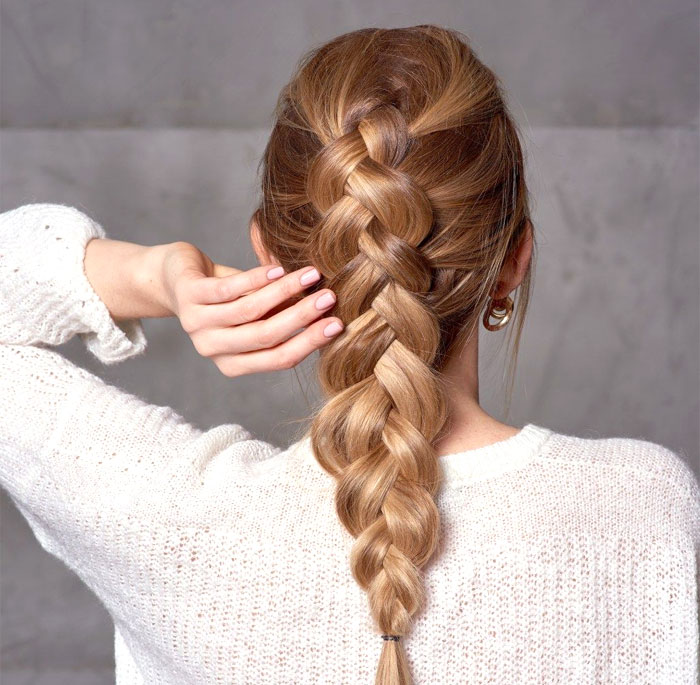
Dutch braids are quite similar to French braids and are begun at the scalp. However, instead of passing the alternating strands of hair over each other, you will pull them beneath the center strands. This creates a braid that appears to pop off the head.
It is best to finish these highly visible braids with a molding paste to provide exceptional hold.
5. Reverse Braids
If you are looking for a fun up-do that is not difficult to create, consider a reverse braid. This braid is created in exactly the same way as a French braid or Dutch braid.
However, instead of working from the forehead to the nape of the neck, you will flip your head upside down and work from the nape of your neck to the crown of your head.
Once you have completed this braid, you can secure the rest of your hair into a messy bun for a casual style or even a braided bun for a more formal look.
6. Lace Braids
Another style that uses many of the same techniques that the French braid does is the lace braid. The key difference is that hair is pulled only from one side of your head rather than from both sides.
These braids are usually worn near the side of your head and are great for keeping your hair out of your face. These braids also work well if you are trying to grow out your bangs, as they artfully hide the ends.
See Also: 15 Types of Hair Clips and Pins
7. Fishtail Braids
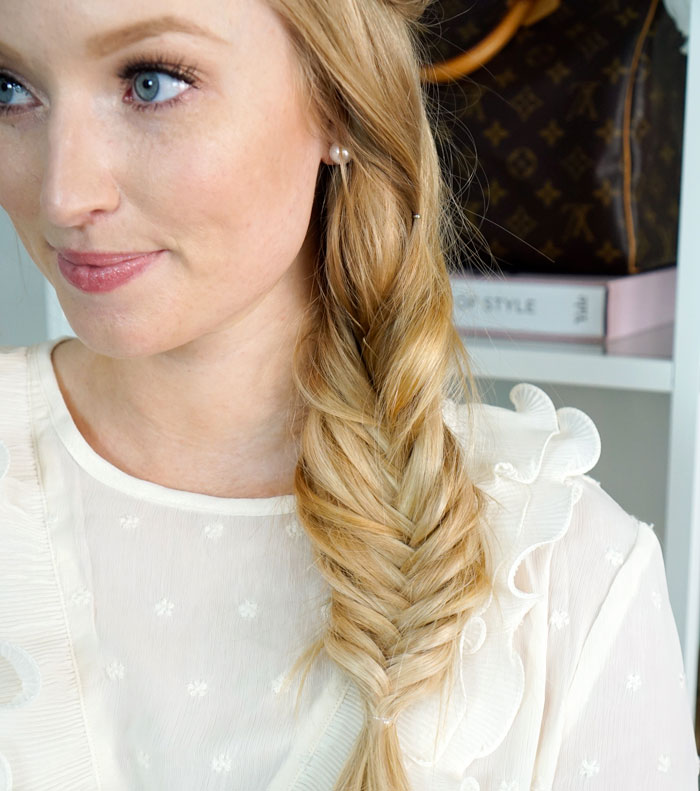
The fishtail braid has become incredibly popular, especially among celebrities. However, you may be surprised to discover just how difficult it is to create on your own, at least without plenty of practice.
Because very small strands of hair are used, it can also be a major time commitment to create this style. You will actually begin with only two strands and gradually bring in small strands of hair from beneath these beginning pieces.
8. Rope Braids
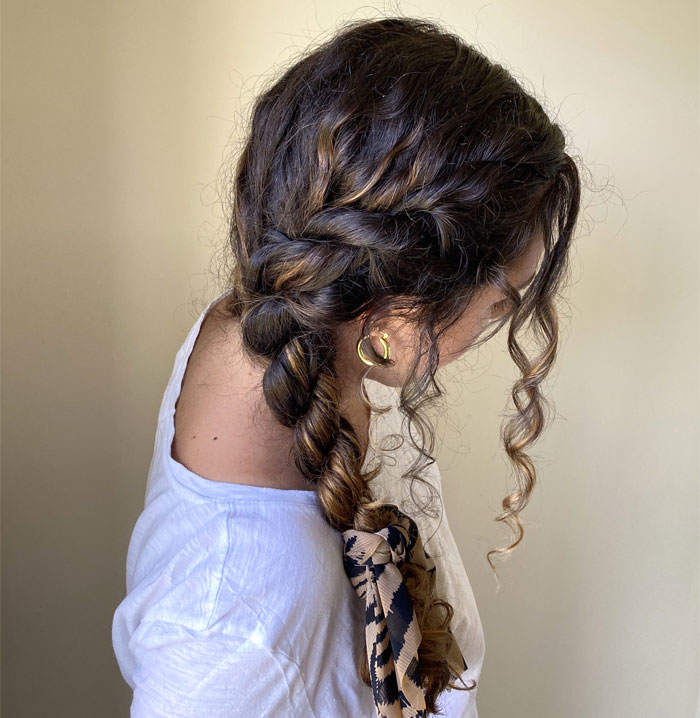
The rope braid also uses only two strands of hair, but it looks completely different from the fishtail braid.
You begin with a ponytail before separating your hair into two sections. Next, you twist these sections into opposite directions before twisting them together. The initial twisting of each section holds the final twist together for a full day of work or play.
9. Ladder Braids
While ladder braids can be created in a variety of ways, they all appear to have clear edges with horizontal strips of hair between them to look like a ladder.
To create this effect, you will be bringing hair around and under the initial braid every half inch or so. It is important to keep each strand quite thin to create a ladder-like look. This braid can be done underhanded or overhanded.
See Also: 13 Types of Hair Brushes
10. Box Braids
Popularized by Janet Jackson nearly three decades ago, box braids are popping up on many celebrities these days but actually have a history going back thousands of years to Africa.
It is best to have box braids created professionally, as they can be difficult and time-consuming to get just right. In addition, most people opt to have hair extensions added to create more volume in these braids.
While these braids can be as narrow or wide as you want, it is best to opt for narrow braids if you plan to keep them in for a long duration.
11. Micro Braids
Micro braids are similar to box braids with their basic three-strand design. However, they are incredibly narrow and easier to style into updos.
Each braid is kept close to the scalp. They can also stay in your hair for quite some time, with some individuals keeping them in for several months.
12. Cornrow Braids
At first glance, cornrows may appear to be quite similar to micro braids. However, these very narrow braids are woven as strips down the length of the head, almost as a French braid would be.
They usually form parallel lines to the base of the head and may be pulled into a ponytail or another updo.
13. Crown Braids
The crown braid makes an excellent updo that you can probably create yourself with just a bit of practice. The simplest way to create one is to form a side braid coming from the base of your head.
Once complete, simply wrap the braid around the crown of your head and secure it with pins and hair spray. To create a looser look, pull out a few strands to frame your face.
14. Milkmaid Braids
The milkmaid braid looks very similar to the crown braid, except that the braid sits a little bit further back on the top of your head, similar to where you would place a headband. Most of these braids include a center part for a traditional look.
If your hair is not quite long enough to wrap all the way over your head, you can instead have a side braid on either side of your head, and these braids can meet in the middle at the top of your head. Just be sure to weave in the ends for a finished look.
15. Reverse Milkmaid Braids
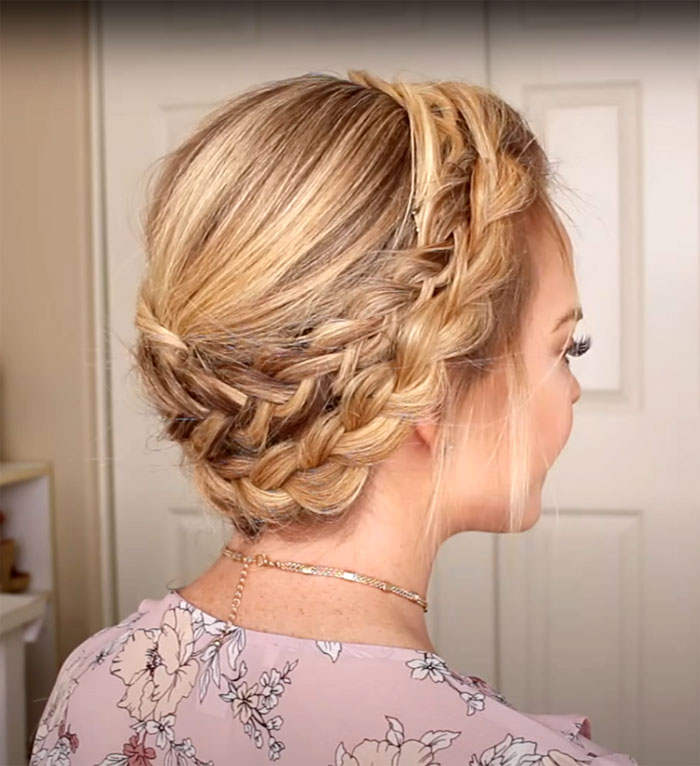
Once you have gotten used to creating the basic milkmaid braid, you can try your hand at the reverse milkmaid braid. You will begin with the same side braids that you would use for the traditional milkmaid.
However, rather than pulling these braids to the top of your head, pull them in the opposite direction to the back of your head, pinning them to the base of your scalp. These braids look even chicier than their traditional counterparts.
16. Pull-Through Braids
The pull-through braid is a great way to create the illusion of volume even in fine or thin hair. This style uses plenty of hair elastics because you will be forming numerous small ponytails and pulling strands of hair from the upper ponytails under the lower one.
This creates a very large and thick braid that is super simple to finish in only a few minutes on your own.
17. Waterfall Braids
The waterfall braid is a very elegant look that allows your hair to hang freely down the side of your head. While this style is very popular for weddings, it can be great for any special occasion.
You will begin by parting your hair on one side and forming the braid on the side that has more hair. This braid is created similarly to a French braid. However, the section that is braided closest to the ear is always dropped to create a waterfall effect.
To keep three strands at all times, you will simply pull up new strands from above the braid.
Final Thoughts
With so many different braiding options, you no longer have any reason to turn to your default ponytail every day. Many of these braids are easy to master on your own with a bit of practice, the right styling products, and a large mirror for seeing the back of your head.
You might even want to practice on a friend or two so you can learn the right techniques before trying them on yourself.

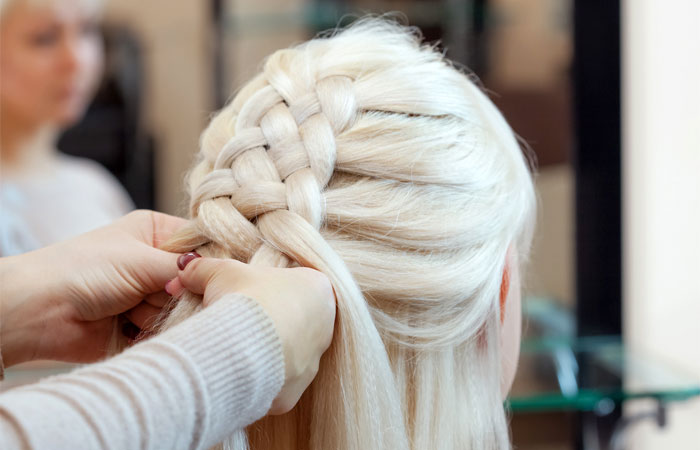
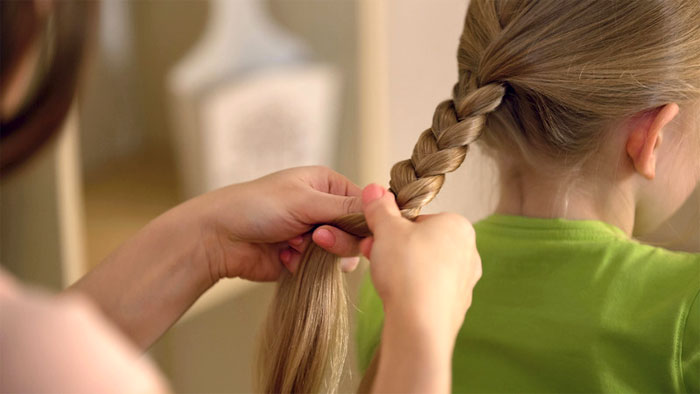
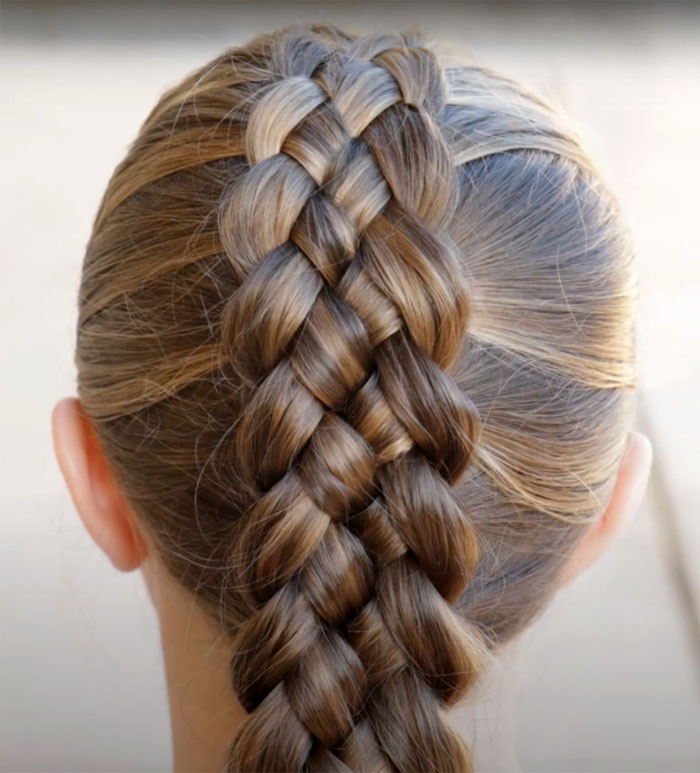
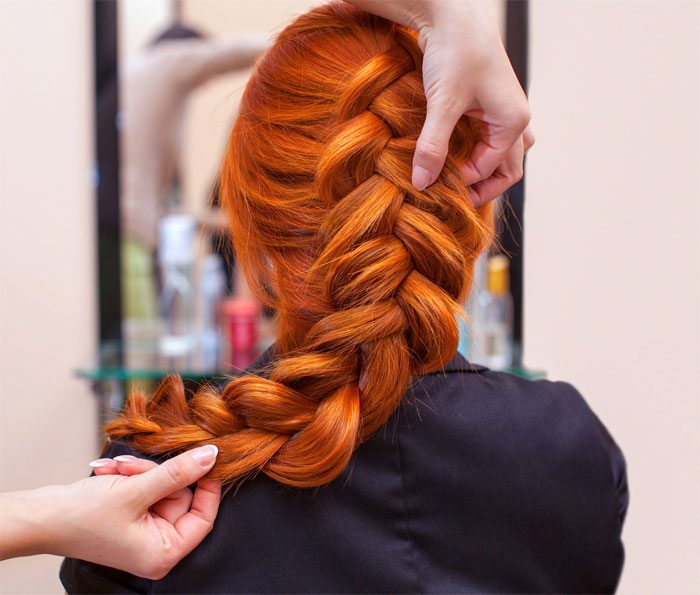
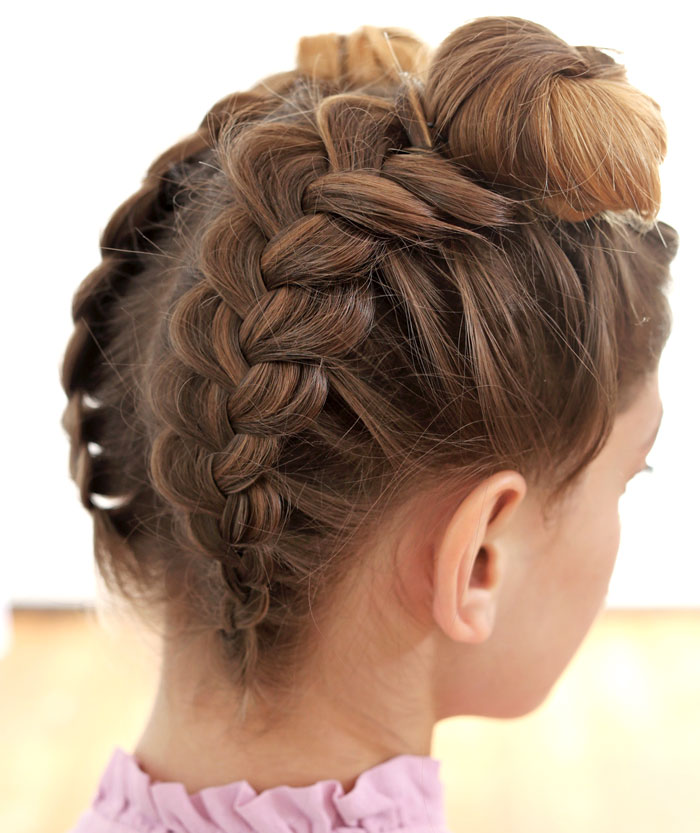
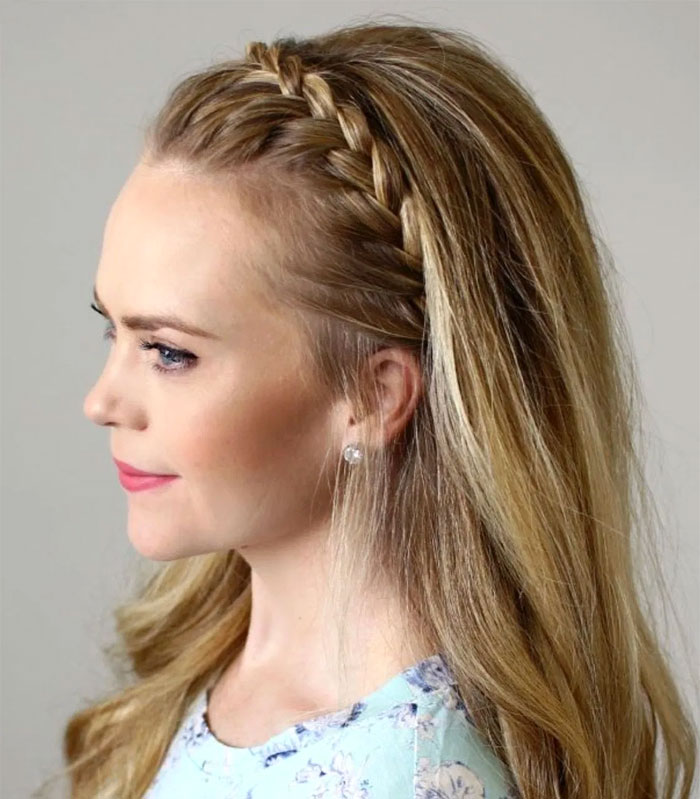
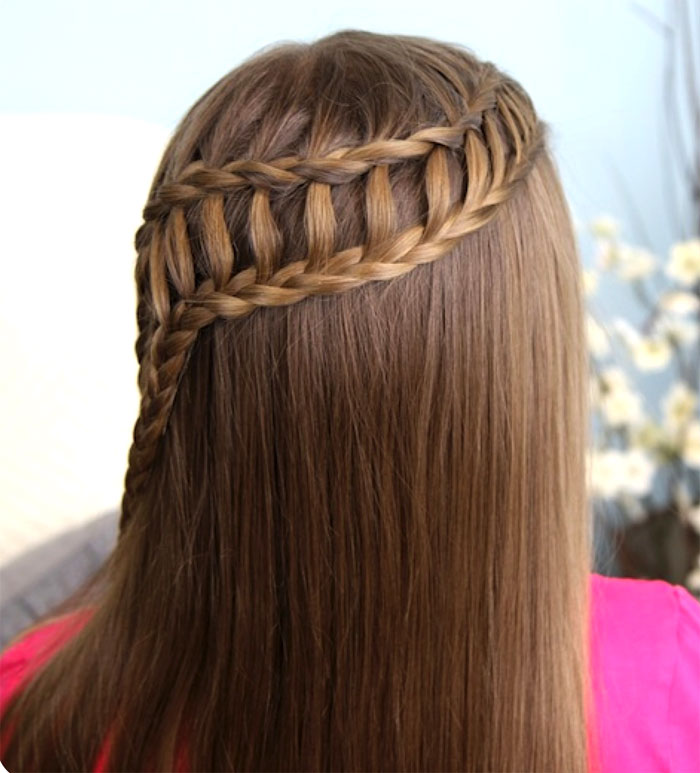
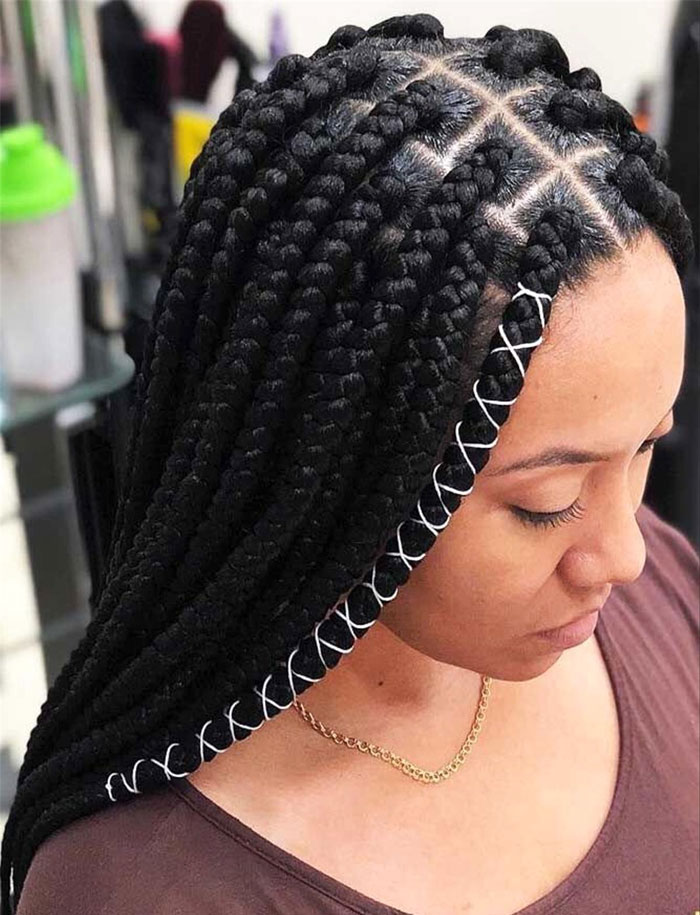
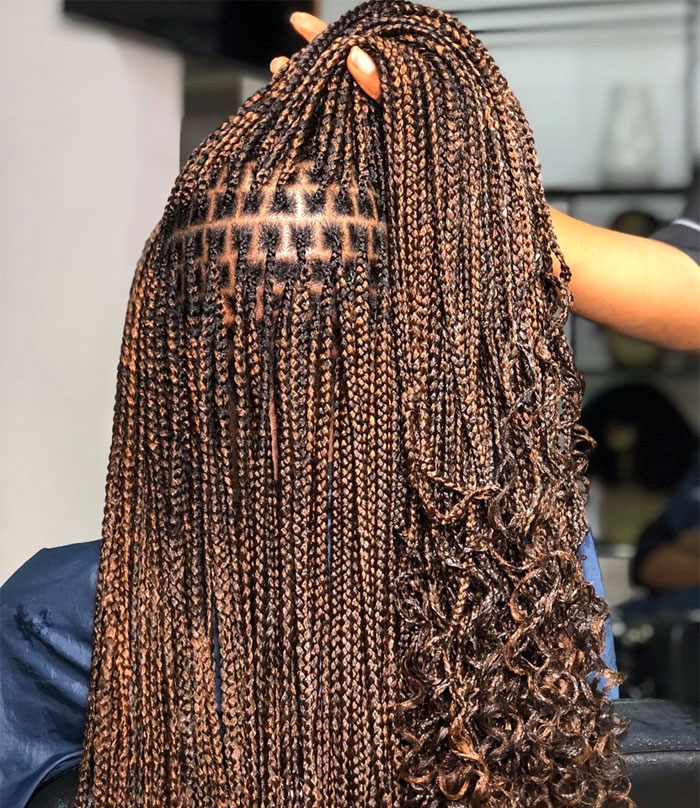
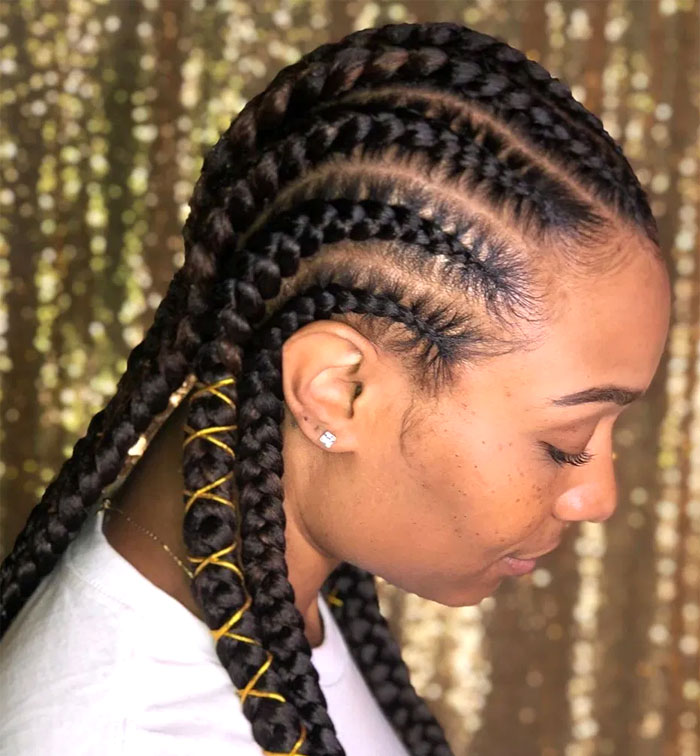
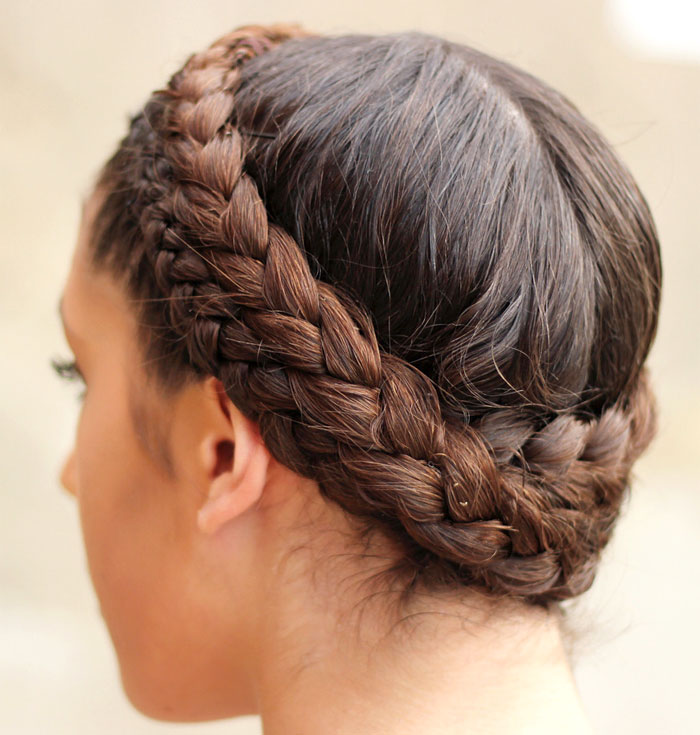
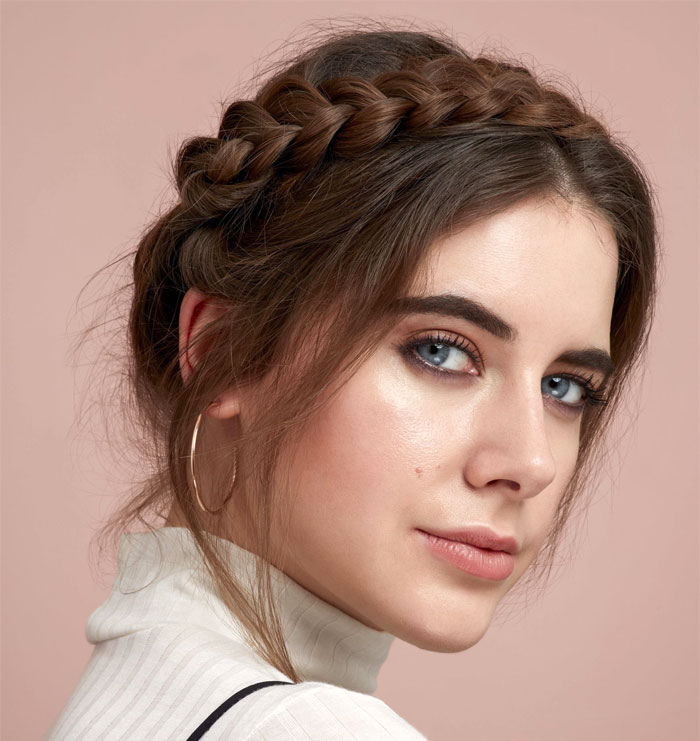
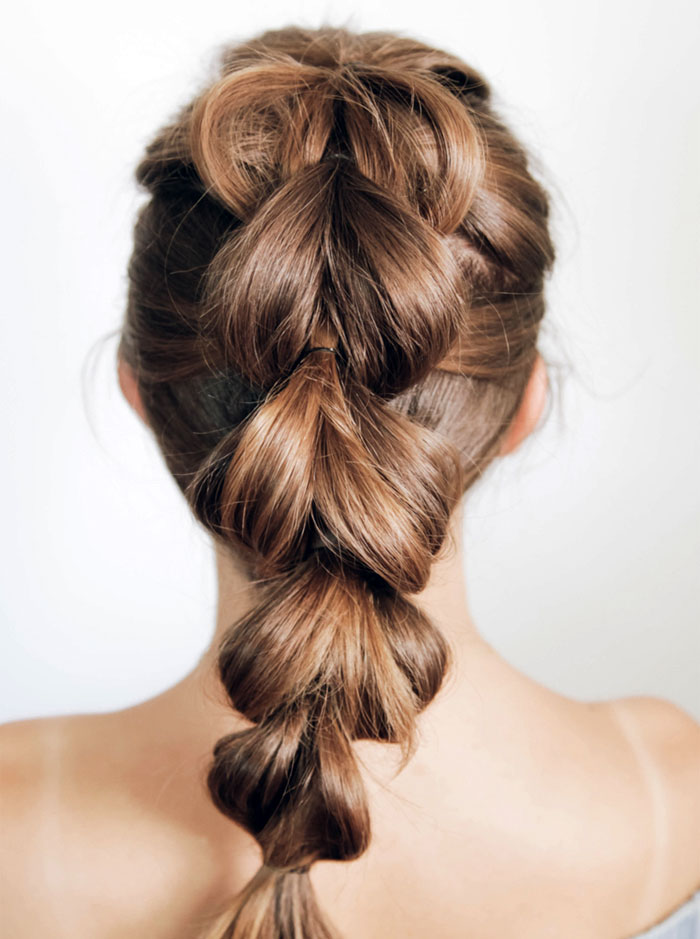
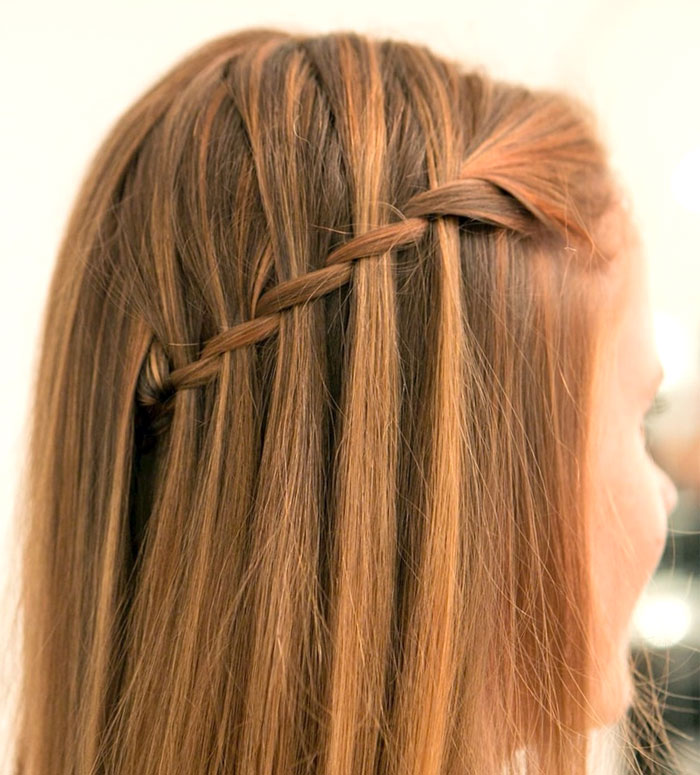
Thank you for the information!